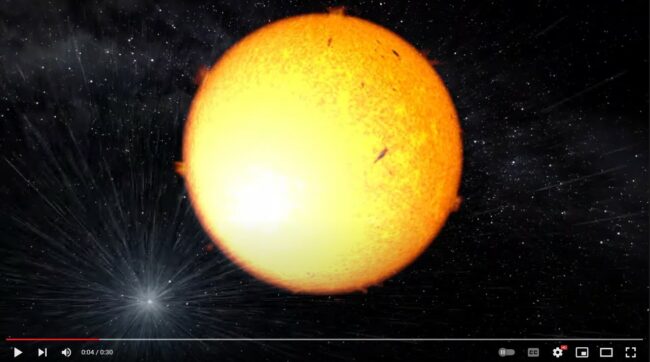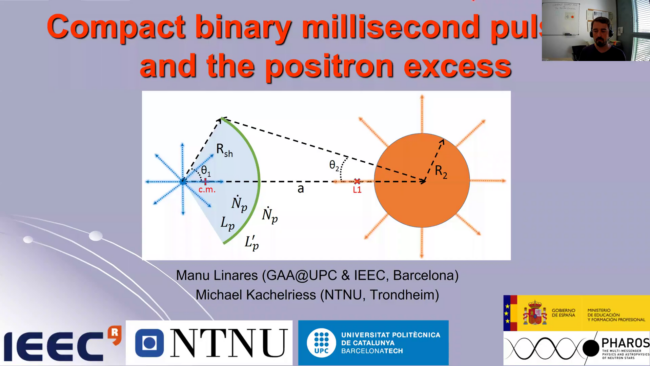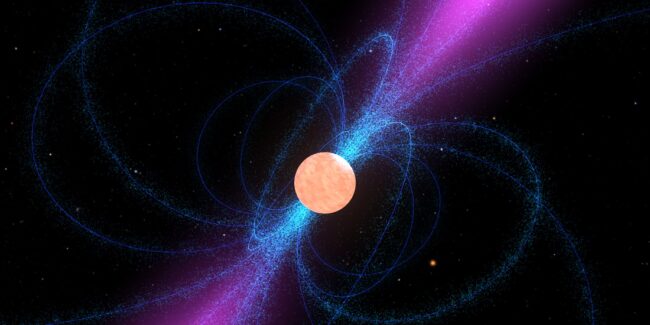The spiders that eat stars, and the scientists who catch them
Spiders can eat their partner. Some of the most extreme stars can do that too. We are pleased to announce SpiderCat, a public database hosted at NTNU gathering all the known Galactic-field spider pulsars in one place. Read the full story by Steinar Brandslet on Norwegian SciTech News.
Details





